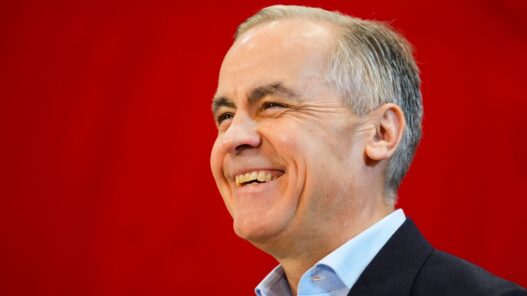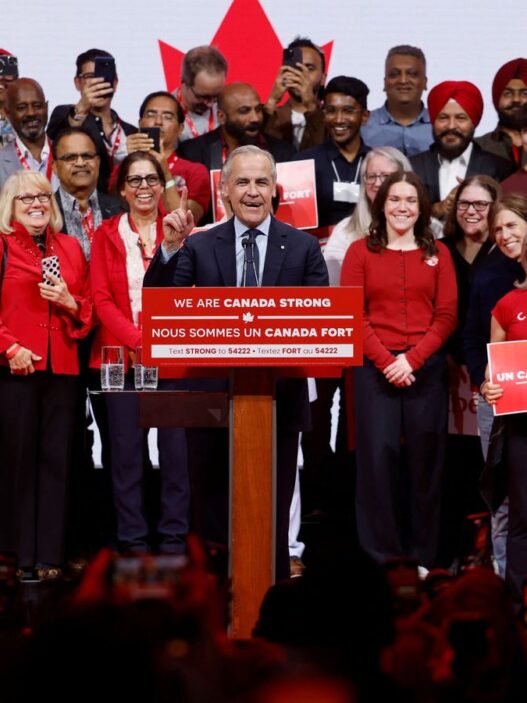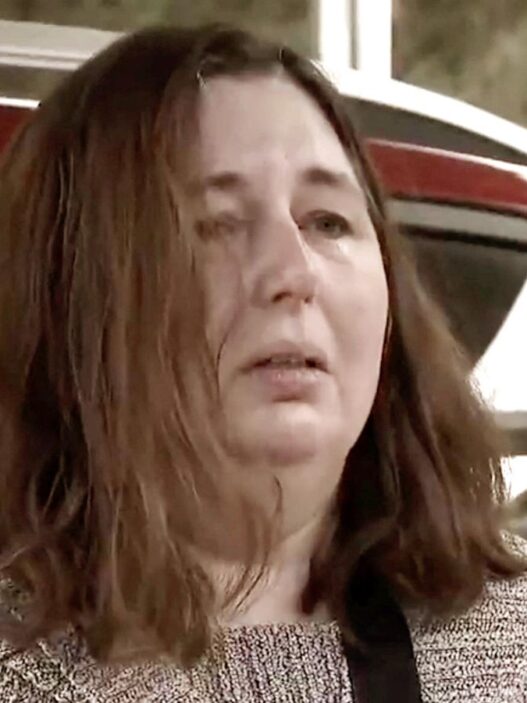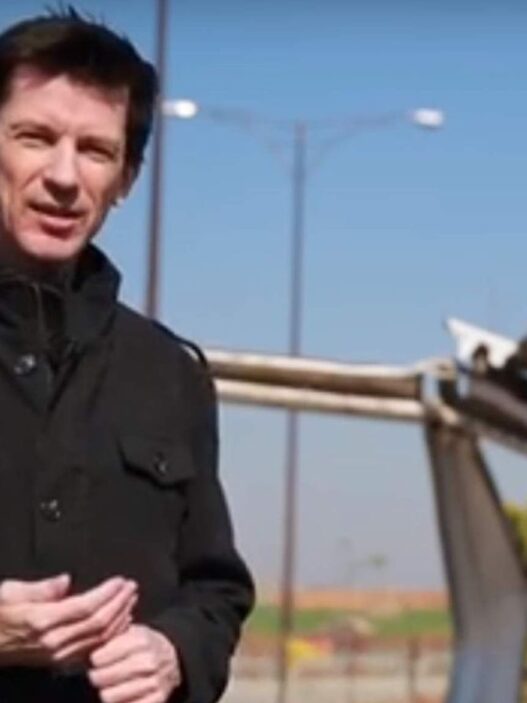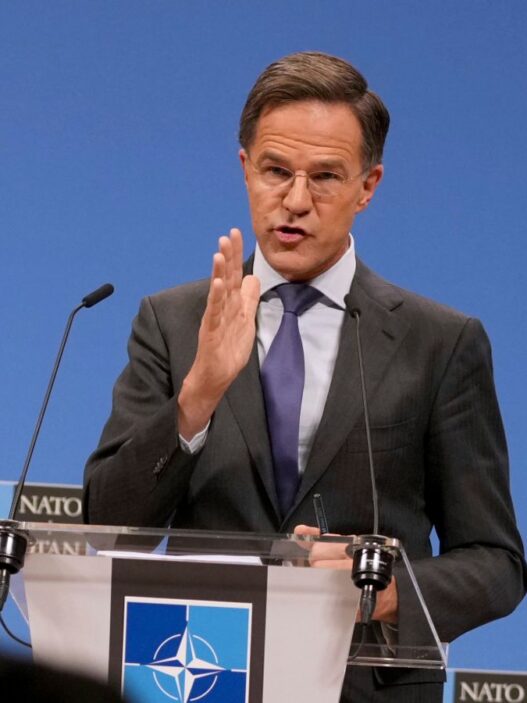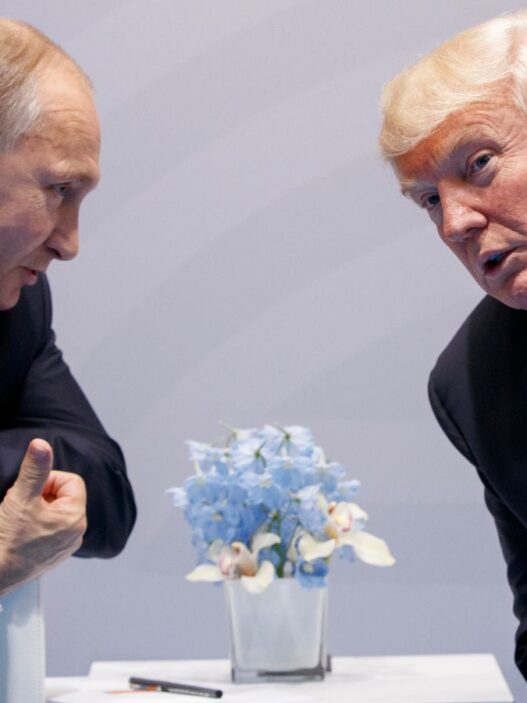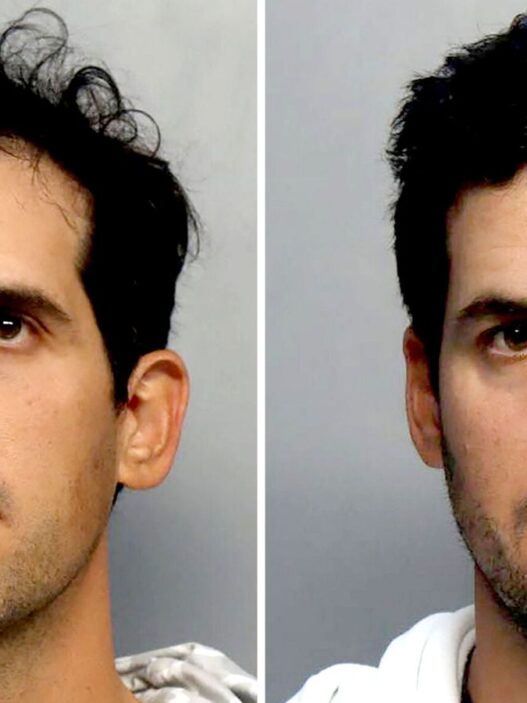Mark Carney is set to be elected as prime minister of Canada after his ruling Liberal Party were projected to win the election.
He held off the challenge of his closest rival, Conservative Party leader Pierre Poilievre.
Mr Carney has been prime minister since March when he won a landslide victory in his party’s leadership contest, replacing Justin Trudeau who had served as prime minister since 2015, quitting amid pressure from his MPs and poor showings in opinion polls.
Mr Carney then called a snap election and his victory this week gives him a mandate by the voters to remain in office.
So, who is Mark Carney?
The ‘Trump effect’
On paper, Mr Carney was a political novice, with no previous election campaign experience. He also did not serve in Mr Trudeau’s government.
According to Sky’s US correspondent James Matthews, Mr Carney’s robust response to Donald Trump‘s antagonism harnessed a growth in Canadian nationalism.
Since becoming American president again, Mr Trump has frequently called for Canada to become the 51st US state.
On Monday, Mr Trump posted on his social media platform Truth Social: “America can no longer subsidise Canada with the Hundreds of Billions of Dollars (sic) a year that we have been spending in the past.”
A Carney adviser described Mr Trump’s post as a “gift”, the Financial Times reported.
Mr Carney’s acceptance speech for the Liberal Party leadership in March sounded like an electoral call-to-arms.
“America is not Canada. And Canada never, ever will be part of America in any way, shape or form,” he said.
As prime minister, Mr Carney implemented 25% retaliatory tariffs on US goods after the US president placed a 25% tariff on Canadian exports to the US, 10% on energy product exports and 25% on steel and aluminium products.
“We must respond with both purpose and force,” Mr Carney said.
Since becoming leader of the Liberals, Mr Carney has also moved the party more to the right, announcing a middle-class tax cut and scrapping Mr Trudeau’s signature carbon tax and reversing a capital gains tax increase.
But he remains broadly committed to combating climate change and addressing other problems such as housing.
He has also promised to counter Chinese foreign interference threats, calling China Canada’s biggest security threat.
Early life
He was born on 16 March 1965 in Fort Smith in the remote Northwest Territories and raised in Edmonton, Alberta.
Mr Carney received a bachelor’s degree in economics from Harvard University in 1988, and master’s and doctoral degrees in economics from Oxford University.
Like many Canadians, he played ice hockey, serving as a backup goalkeeper for Harvard.
Business credentials
Before becoming Canada’s leader, Mr Carney was probably most famous in the UK for being the head of the Bank of England, where he served as governor between 2013 and 2020.
He had previously headed up the Bank of Canada from 2008 to 2013 and helped his country manage the worst impacts of the 2008 global financial crisis.
He created new emergency loan facilities and gave unusually explicit guidance on keeping interest rates at record-low levels for a specific period of time.
Even at that stage in his career, rumours swirled that he would seek a career in politics with the Liberals.
When asked by a reporter in 2012 about possible political ambitions, he replied: “Why don’t I become a circus clown?”
The Bank of England was impressed enough, though, to poach him in 2013, when he was aged just 42.
He became the first non-Briton to become governor of the Bank since it was founded in 1694, and the first person ever to head two G7 central banks.
At the time, the then chancellor George Osborne called him the “outstanding central bank governor of his generation”.
Sky News international correspondent John Sparks said what Mr Carney lacks in political experience, he makes up for in finance and public service.
“He is a man who might as well have the word ‘expert’ tattooed on his forehead,” Sparks said.
Earlier in his career, Mr Carney spent 13 years at Goldman Sachs before being named the Bank of Canada’s deputy governor in 2003.
He did not stay there long, though, leaving in 2004 for a top finance ministry job before returning to the Bank of Canada as governor in 2008.
His time as Bank of England governor
Mr Carney had a challenging time, as he faced the political chaos of Brexit, and struggled to deploy his trademark policy of signalling the likely path of interest rates.
When sterling tumbled in the hours after the Brexit referendum result in 2016, he gave a televised address to reassure markets that the Bank would turn on the liquidity taps if needed.
“Mark has a rare ability to combine a central banker’s steady hand, with a political reformer’s eye to the future,” said Ana Botin, Santander’s executive chairman, adding Mr Carney “steadied the ship” in the UK after Brexit.
But he infuriated Brexit supporters by talking about the economic damage that he said was likely to be caused by leaving the European Union.
Conservative MP Jacob Rees-Mogg called him the “high priest of project fear”, but Mr Carney said it was his duty to talk about such risks.
Career after the Bank of England
In 2020, Mr Carney began serving as a United Nations envoy on finance and climate action.
After launching the Glasgow Financial Alliance for Net Zero in 2021 to act as an umbrella group for financial sector efforts to get to net-zero emissions, Mr Carney oversaw a surge in membership as boards rushed to show a willingness to act.
But a political backlash from some Republican states, who accused companies of breaching anti-trust rules, led to a number of large US firms dropping their membership.
He also served on the board of Brookfield Asset Management and was chair of the Bloomberg board but resigned as the UN special envoy and left all commercial posts after he launched his bid for the Liberal leadership on 16 January.
Controversy
In March 2025, just days after becoming prime minister, Mr Carney was accused of plagiarising parts of his Oxford University thesis on the economy. A member of his campaign team called the allegations an “irresponsible mischaracterisation” of Mr Carney’s work.
Citizenship
Mr Carney has Canadian, UK and Irish citizenship. He has moved to eventually have just Canadian citizenship, which is not required by law but viewed as politically wise.
Family life
His wife Diana is British-born and he has four daughters.

